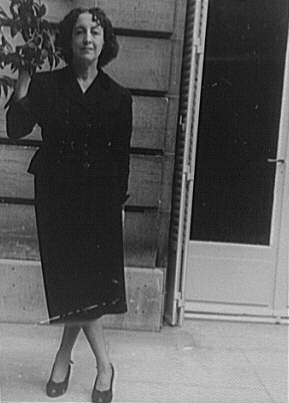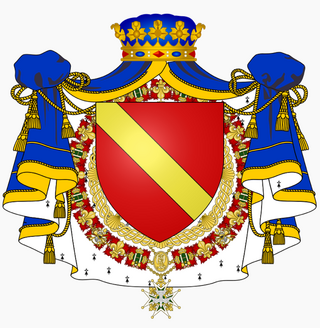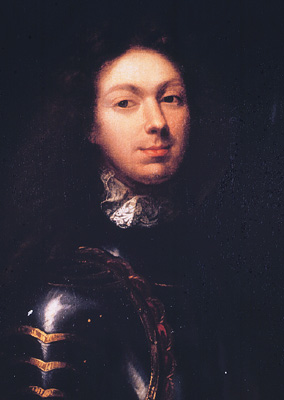Related Research Articles

Victor Amadeus II was the head of the House of Savoy and ruler of the Savoyard states from 12 June 1675 until his abdication in 1730. He was the first of his house to acquire a royal crown, ruling first as King of Sicily (1713–1720) and then as King of Sardinia (1720–1730). Among his other titles were Duke of Savoy, Duke of Montferrat, Prince of Piedmont, Marquis of Saluzzo and Count of Aosta, Maurienne and Nice.

Maurice, Count of Saxony was a notable soldier, officer and a famed military commander of the 18th century. The illegitimate son of Augustus II the Strong, King of Poland, Grand Duke of Lithuania and Elector of Saxony, he initially served in the Army of the Holy Roman Empire, then the Imperial Army, before finally entering French service. De Saxe became a Marshal and even Marshal General of France. He is best known for his deeds in the War of the Austrian Succession and especially for his decisive victory at the Battle of Fontenoy.

This section of the Timeline of Quebec history concerns the events relating to the Quebec portion of New France between the establishment of the Sovereign Council and the fall of Quebec.

Marie-Laure Henriette Anne de Noailles, Vicomtesse de Noailles was a French artist, regarded one of the 20th century's most daring and influential patrons of the arts, noted for her associations with Salvador Dalí, Balthus, Jean Cocteau, Ned Rorem, Man Ray, Luis Buñuel, Francis Poulenc, Wolfgang Paalen, Jean Hugo, Jean-Michel Frank and others as well as her tempestuous life and eccentric personality. She and her husband financed Ray's film Les Mystères du Château de Dé (1929), Poulenc's Aubade (1929), Buñuel and Dalí's film L'Âge d'Or (1930), and Cocteau's The Blood of a Poet (1930).

The title of Duke of Noailles was a French peerage created in 1663 for Anne de Noailles, Count of Ayen.

Adrien Maurice de Noailles, 3rd Duke of Noailles was a French nobleman and soldier.

Anne Jules de Noailles, 2nd Duke of Noailles was one of the chief generals of France towards the end of the reign of Louis XIV, and, after raising the regiment of Noailles in 1689, he commanded in Spain during both the War of the Grand Alliance and the War of the Spanish Succession, and was made marshal of France in 1693.

Louis Alexandre de Bourbon, a legitimated prince of the blood royal, was the son of Louis XIV and of his mistress Françoise-Athénaïs, marquise de Montespan. At the age of five, he became grand admiral of France.

Frederick Louis, Duke of Schleswig-Holstein-Sonderburg-Beck was a Duke of Schleswig-Holstein-Sonderburg-Beck and field marshal of the Prussian Army.

Marie Susanne Luise von Degenfeld was a German noblewoman and the morganatic second wife of Charles I Louis, Elector Palatine.

Antoine de Gramont, 4th Duke of Gramont, Duke of Guiche, was a Marshal of France.

Alix, Princess de Ligne was the fourth daughter and youngest child of Charlotte, Grand Duchess of Luxembourg, and Felix of Bourbon-Parma. She was, by birth, Princess of Luxembourg, Princess of Nassau and Princess of Bourbon-Parma. She was a sister of Grand Duke Jean and aunt of Grand Duke Henri.

René de Froulay, Count of Tessé was a French soldier and diplomat during the reign of Louis XIV and the 1715–1723 Regency.

The Gardes du Corps du Roi was a cavalry unit of the maison militaire du roi de France.

Michel de Ligne, 14th Prince de Ligne, Prince d'Épinoy, Prince d'Amblise, GE is the head of the princely House of Ligne. He is the eldest son of Antoine, 13th Prince de Ligne, and his wife, Princess Alix of Luxembourg; he is thus a nephew of the late Jean, Grand Duke of Luxembourg, and a cousin of reigning Grand Duke Henri. He is also a Knight of the Order of the Golden Fleece in Austria.

Anne d'Arpajon, comtesse de Noailles was a French noblewoman and court official. She served as the dame d'honneur of two Queens of France, Marie Leszczyńska and Marie Antoinette. She was called "Madame Etiquette" by Marie Antoinette for her insistence that the minutiae of court etiquette could never be altered or disregarded.

Dorothea Sophie of Neuburg was Duchess of Parma from 1695 to 1727 by marriage to Francesco, Duke of Parma. She served as Regent of the Duchy of Parma for her grandson Charles of Spain between 1731 and 1735.

Henri Antoine Marie de Noailles, 11th Prince de Poix, 7th Duke of Mouchy was a French nobleman.

The Régiment de Royal Marine was an infantry regiment of the Kingdom of France, established in 1669. The regiment was directly involved in the Day of the Tiles, which took place in Grenoble on June 7, 1788. The last unit of the regiment was incorporated into the 23 demi-brigade on March 21, 1797 and the regiment ceased to exist.
References
- ↑ Sylvie Steinberg, « Un brave cavalier dans la guerre de sept ans, Marguerite dite Jean Goubler », Clio. Femmes, Genre, Histoire, no 10, 1er novembre 1999 (ISSN 1252-7017, DOI 10.4000/clio.257, lire en ligne [archive], consulté le 16 avril 2021)
- ↑ John A. Lynn: The French Wars 1667-1714: The Sun King at War (2002)
- ↑ Robert O'Neill et Richard Holmes, I am Soldier: War stories, from the Ancient World to the 20th Century, Bloomsbury Publishing, 20 décembre 2011 (ISBN 978-1-78096-226-9, lire en ligne [archive]), « Marie Magdelaine Mouron »